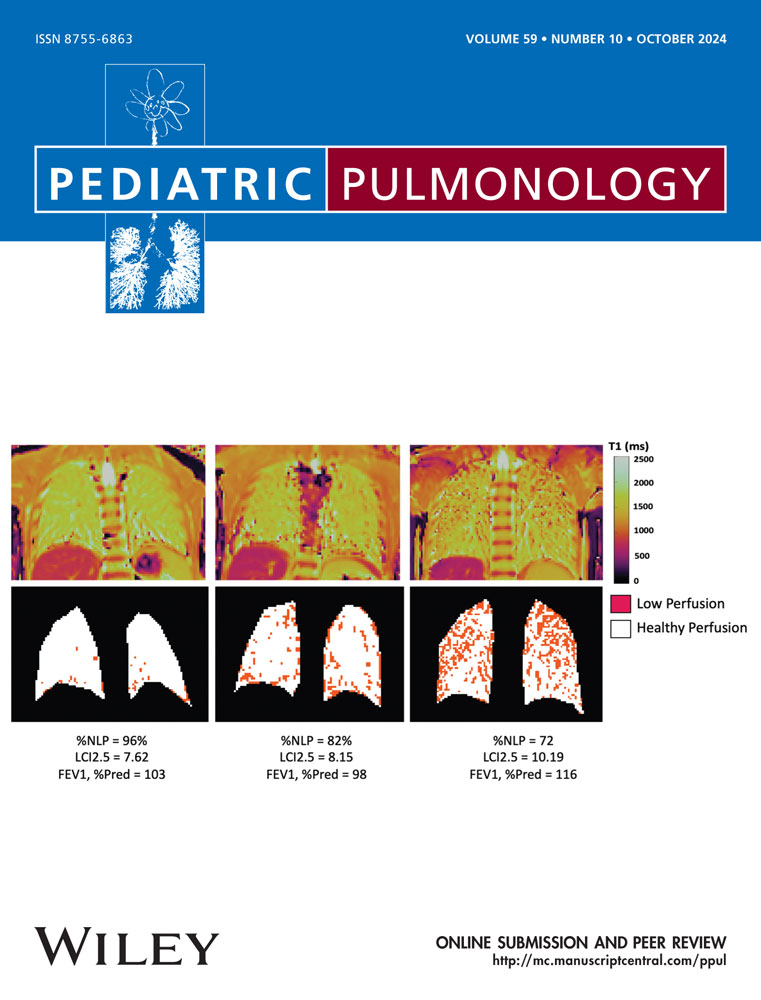Genotype-driven asthma prescribing of inhaled corticosteroids and long-acting β2-agonist: A cost-effectiveness analysis
Abstract
Introduction
Predicting response to inhaled corticosteroids (ICSs) + long-acting β2-agonist (LABA) by previously detecting the presence of Arg16Gly ADRB2 genotype is a strategy that could reduce and optimize the management of asthmatic patients. There is a need for economic evaluations to facilitate the implementation of such tests. This research aims to evaluate the cost-effectiveness of Arg16Gly ADRB2 screening in children with asthma in Colombia.
Methods
From the perspective of a third-party payer, we conducted a cost-effectiveness analysis to determine the cost and quality-adjusted life-years (QALYs) of genotype-driven asthma prescribing based on the Arg16Gly ADRB2 genotype versus current treatment based on no genetic testing. Using four state-transition models, we estimate cost and QALYs employing micro-simulation modeling with a time horizon of 10 years and a cycle length of 1 week. Cost-effectiveness was assessed at a willingness-to-pay (WTP) value of US$5180.
Results
The mean incremental cost of strategy genetic testing versus no genetic testing is US$ −6809. The mean incremental benefit of strategy genetic testing is 16 QALYs. The incremental net monetary benefit of strategic genetic testing versus no genetic testing is US$ 88,893. Genetic testing is the strategy with the highest expected net benefit. The outcomes derived from our primary analysis remained robust when subjected to variations in all underlying assumptions and parameter values.
Conclusion
Genetic testing of Arg16Gly ADRB2 is a cost-effective strategy to address asthma management in asthmatic children requiring ICS+LABA. This result should encourage the generation of more evidence and the incorporation of such evidence into clinical practice guidelines for pediatric asthma.
CONFLICT OF INTEREST STATEMENT
The authors declare no conflict of interest.
Open Research
DATA AVAILABILITY STATEMENT
The data supporting this study's findings are available from the corresponding author upon reasonable request.




